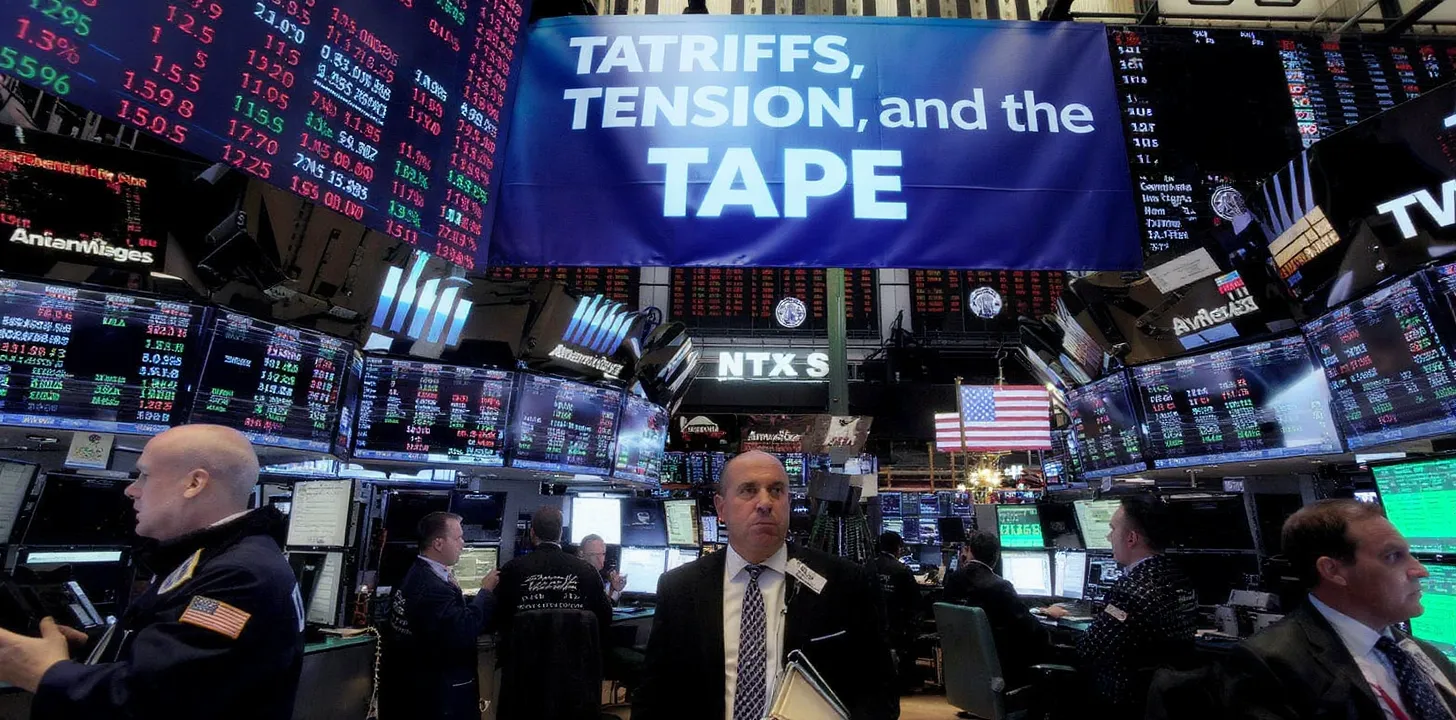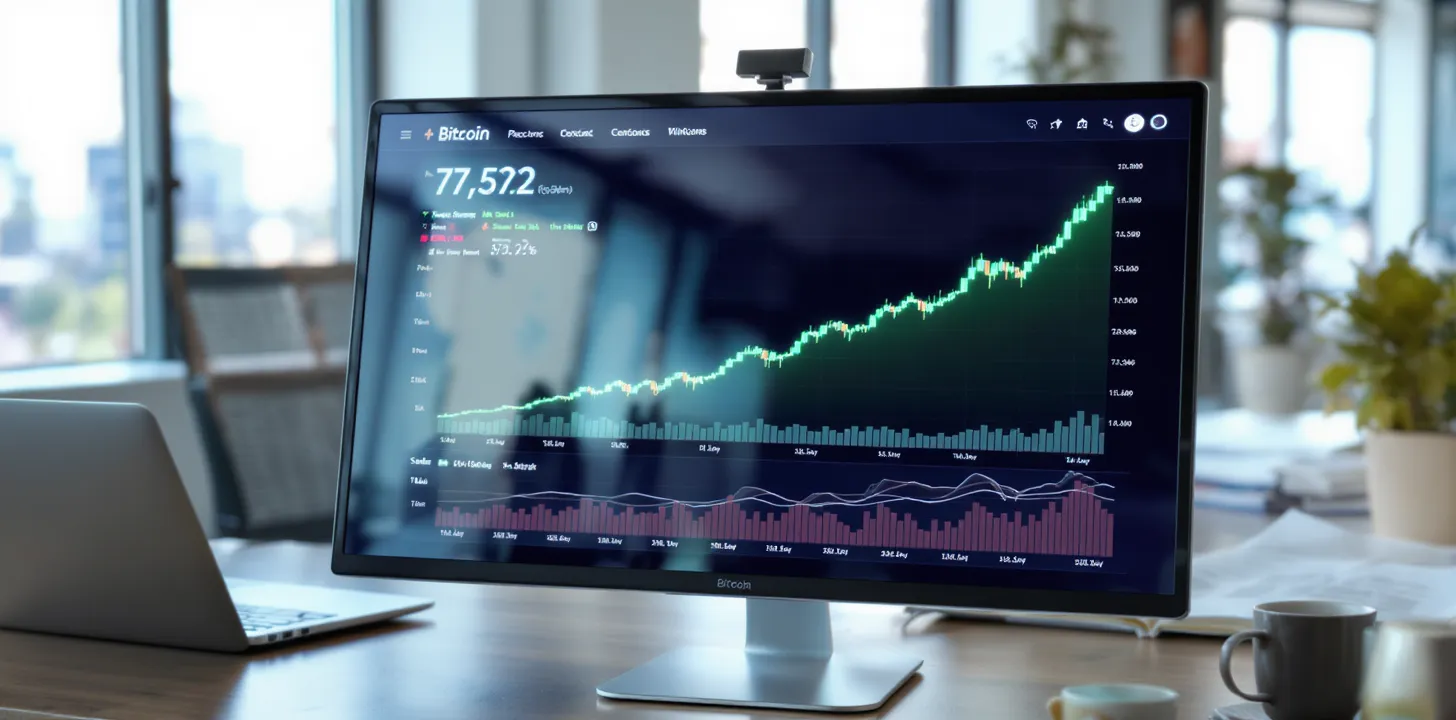Introduction: Why Market Breadth Matters
The S&P 500 is the world’s most watched stock index, a barometer of U.S. corporate health and global investor confidence. But looking at the index alone is like judging a forest by its tallest trees. Market breadth, the study of how many stocks participate in a move, tells us whether the entire ecosystem is thriving—or whether a few giants are masking weakness beneath the surface.
When the S&P 500 rises on the back of only a handful of mega-cap names, the rally may be fragile. By contrast, when hundreds of companies across sectors advance together, strength runs deeper. In this article, we’ll explore the major breadth indicators that help investors see beneath the index’s surface and assess the market’s underlying behavior.
Advance-Decline Line: The Market’s Pulse
One of the oldest and simplest measures is the advance-decline (A/D) line, which tracks the number of stocks going up versus those going down each day. If the A/D line rises in tandem with the S&P 500, it confirms broad participation. Divergence—where the index pushes higher while the A/D line slumps—often signals narrowing leadership and potential cracks in momentum.
Recent history has shown examples of this. In periods where just a few tech giants drove the S&P upward while most stocks languished, the A/D line warned that the “average stock” wasn’t keeping pace. For investors, such signals can suggest caution even amid record highs.
Percentage of Stocks Above Moving Averages: Gauging Breadth Momentum
Another powerful lens is the percentage of stocks trading above their 50-day or 200-day moving averages. These gauges show how many companies remain in short- and long-term uptrends.
- When more than 80% of S&P 500 stocks trade above their 50-day average, the market is said to be overbought—strong but potentially stretched.
- Conversely, when fewer than 20% are above, conditions may be oversold, often seen near bottoms.
The 200-day measure, meanwhile, gives a long-term health check. A broad majority above their 200-day line suggests enduring strength, while a minority above can highlight fragility.
McClellan Oscillator and Summation Index: Detecting Internal Shifts
The McClellan Oscillator uses exponential moving averages of advances and declines to capture subtle momentum shifts. Its cousin, the Summation Index, tracks cumulative values to highlight longer-term trends in breadth.
These indicators excel at spotting internal shifts before they appear in the headline index. For example, if the McClellan Oscillator turns negative while the S&P 500 grinds higher, it suggests internal selling pressure—often an early warning of correction.
New Highs vs. New Lows: Testing Market Leadership
The daily tally of new 52-week highs vs. new lows is another clear signal. A healthy bull market produces an expanding list of companies breaking into new highs. When new lows persist despite a rising S&P, it can point to stealth weakness.
This measure often foreshadows turning points. Markets can drift higher on narrowing leadership, but when new highs dry up and new lows expand, cracks widen.
Volume-Based Breadth: The Weight of Participation
Price tells only part of the story; volume confirms conviction. Breadth measures that incorporate trading volume, such as up volume vs. down volume, show whether gains are powered by strong demand or light participation.
If advancing stocks carry the majority of volume, confidence is high. If declining stocks dominate despite a rising index, it suggests weak undercurrents—rallies built on sand rather than stone.
Sector Breadth: Beyond Index Averages
Breadth can also be dissected by sector. For the S&P 500, leadership from only technology or energy, while most sectors lag, paints a very different picture than broad-based sector strength. Tracking sector breadth reveals whether participation is narrow or truly market-wide.
Practical Application: Building a Composite View
No single indicator holds the key. Investors often combine multiple breadth tools to build a composite view. For example:
- A rising S&P 500 confirmed by a rising A/D line and strong new highs suggests robust strength.
- A rising S&P 500 paired with falling participation across moving averages and weakening new highs warns of fragility.
Breadth should be thought of as the “X-ray” of the market—revealing the bones beneath the skin of headline indices.
Conclusion: Seeing the Whole Forest
The S&P 500 can look deceptively healthy when a few giants pull the index upward. Market breadth provides the context to judge whether the rally is sustainable or brittle. By following advance-decline lines, moving average participation, new highs vs. new lows, and volume-based measures, investors can spot divergences and better prepare for turning points.
Breadth is not a crystal ball, but it is an essential tool for seeing whether the market’s strength runs wide and deep—or is simply surface gloss.



